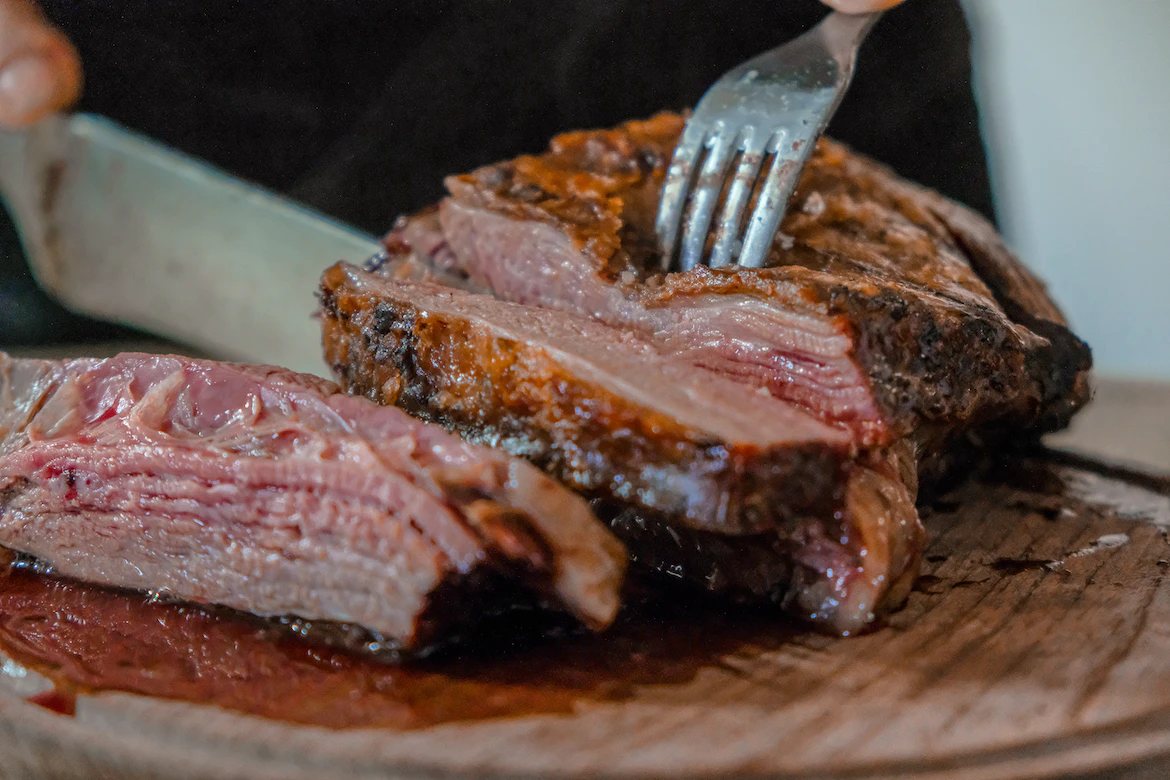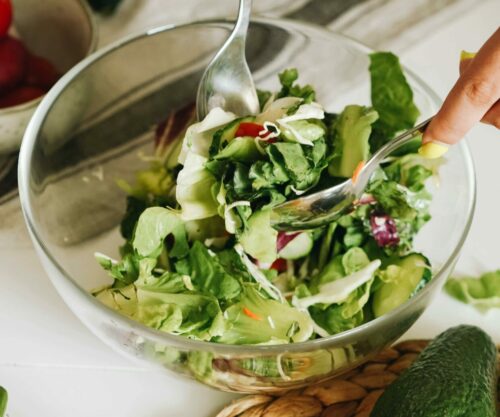
If you are familiar with the talk of food safety and food-related diseases, then cross-contamination is a word you should be quite familiar with. According to the World Health Organisation , approximately 1-10 people are likely to fall ill after consuming food that has been contaminated with an estimated 600 million people being affected by foodborne diseases a year.
One of the major causes of foodborne disease is related to cross-contamination which allows for the rapid growth of harmful bacteria to spread from surfaces.
Registered dietitian Claire Julsing Strydom has been in clinical practice for 19 years and is the co-founder of Nutrition Solutions one of the largest dietetics practices in South Africa. Strydom has a special interest in the area of obesity, chronic diseases, and the treatment of polycystic ovarian syndrome (PCOS).
View this post on Instagram
Her wonderful work has resulted in her being a key opinion leader in any advice needed for the nutrition therapy management of obesity and anything PCOS-related. Claire works hard to support women living with PCOS hoping to change their health in a sustainable way this passion led her to develop a PCOS BOSS Program.
Claire Julsing Strydom also works with various schools and initiatives to develop and implement interactive nutrition education. In this article, Dietician Claire Julsing Strydom provides insight into cross-contamination, its causes, prevention, and any misconceptions related to this illness.
What is cross-contamination?
Claire Julsing Strydom states that cross-contamination occurs when harmful microorganisms, such as bacteria and viruses, are transferred from one surface or food to another. This transfer can happen through direct contact, such as touching raw meat and fresh produce that has not been cooked, or indirectly, when using the same cutting board for raw and cooked foods without proper cleaning.
What are the causes of cross-contamination?
Cross-contamination is the result of improper food handling practices, unsanitary surfaces, inadequate cooking (food that is still raw or undercooked), and poor hygiene. It can also occur if there are pets or pests in the home during food preparation processes. Raw meats, poultry, seafood, and eggs are common sources of harmful bacteria, which contribute to the risk of cross-contamination, according to Claire Julsing Strydom.

The dangers of cross-contamination?
One of the main dangers of cross-contamination is the risk of foodborne illnesses, spoilt food, or food in the process of expiration. There are also legal consequences when it comes to contamination due to the risk of an outbreak, as seen with listeriosis.
How to avoid cross-contamination
Dietitian Julsing Strydom offers the following tips and practices to help avoid cross-contamination in your daily life and home:
- Practice proper handwashing at all times.
- Use separate utensils and cutting boards for raw and fresh produce foods.
- Make sure to always store your foods properly.
- Cook foods at the right temperature, especially raw meats. Always check to see that meals are thoroughly cooked.
- Avoid cross-contact (the process of foods coming into contact with each other resulting in their contents mixing together) during any food preparation by cleaning and sanitising surfaces regularly.
- Handle your leftovers safely.
- Practice and maintain good personal hygiene habits.

Misconceptions about cross-contamination:
“The most mistakes are made when storing leftovers and leaving any foods in the fridge a little too long. It’s always best to refrigerate leftovers soon after cooking. Store food in shallow containers to make sure the food cools quickly. This helps prevent any bacterial growth,” says Dietitian Julsing.
“Use leftovers within a safe timeframe, which is typically within three to four days, or freeze the leftovers in storage. Freeze your leftovers in foil containers with the white cardboard lids (plastic container lids are prone to ice particles) and make sure you always label what you have in the container and the date that it was cooked,” says Dietitian Julsing.
Compiled by Kaitlin Maggot
Also see: Trying to build muscle? These are foods you should avoid




